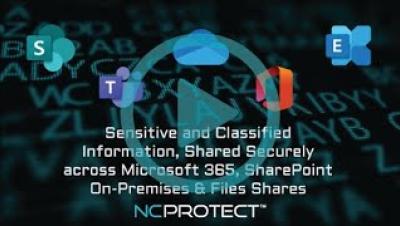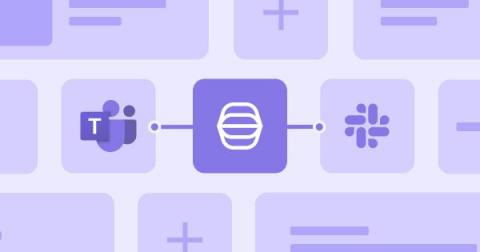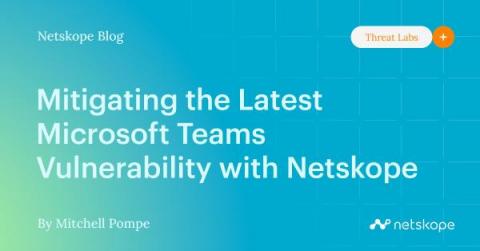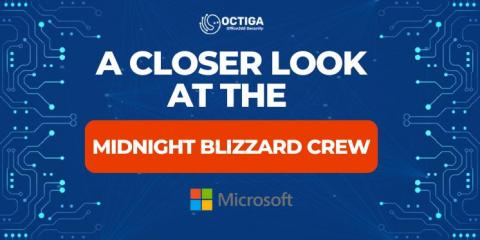The Phishing-as-a-Service platform targeting Microsoft 365 customers
Threat Intelligence Analyst How does phishing-as-a-service (PhaaS) really work, and can it really bypass MFA? Here, we will walk you through the user interface of a PhaaS platform, and how its users can quickly build their own attacks using the built-in attack models and templates (and bypass MFA). For a layered approach, beyond MFA, we will introduce you to the benefits of using a threat intelligence solution to stay-ahead of emerging and advanced phishing attacks.











